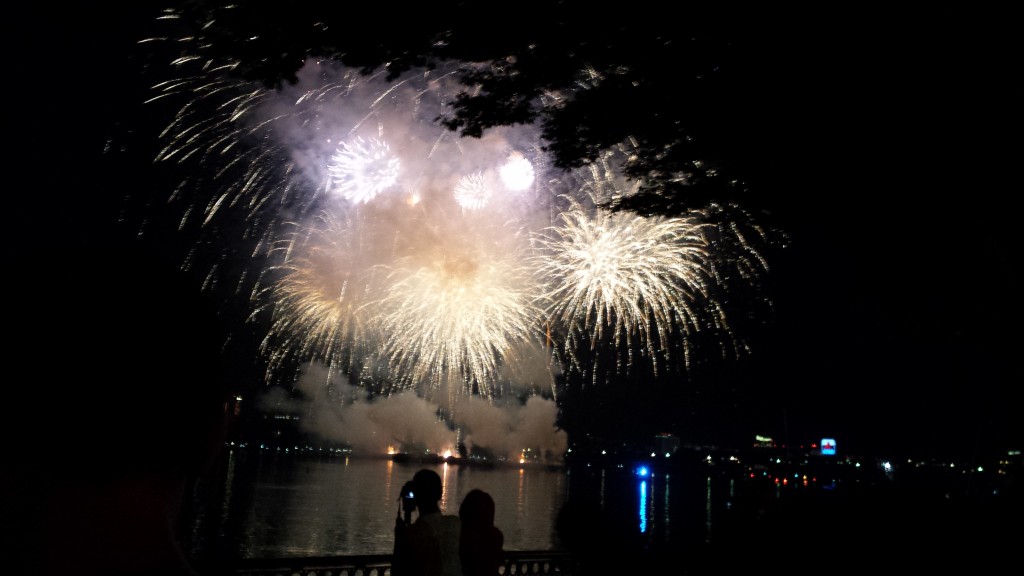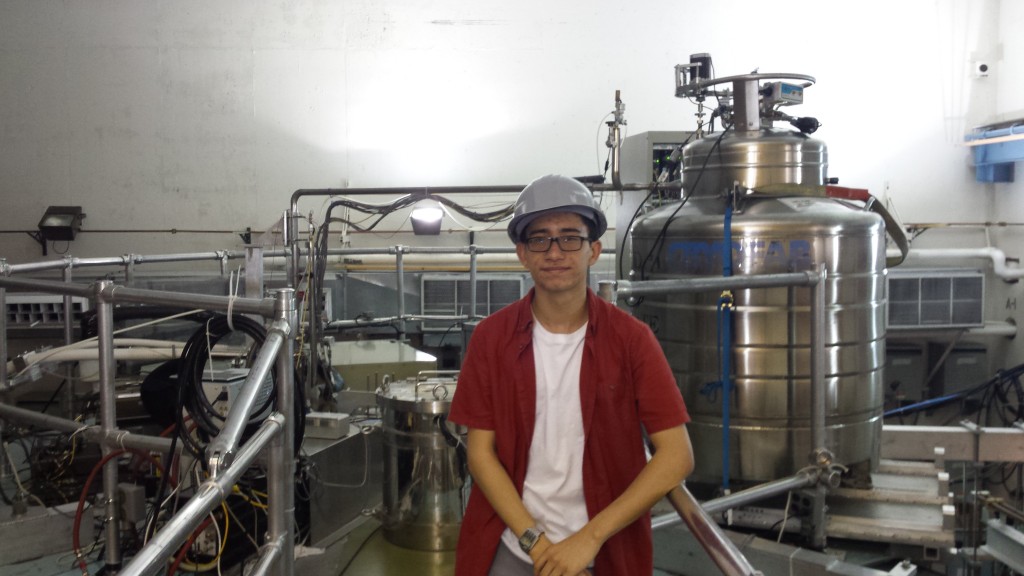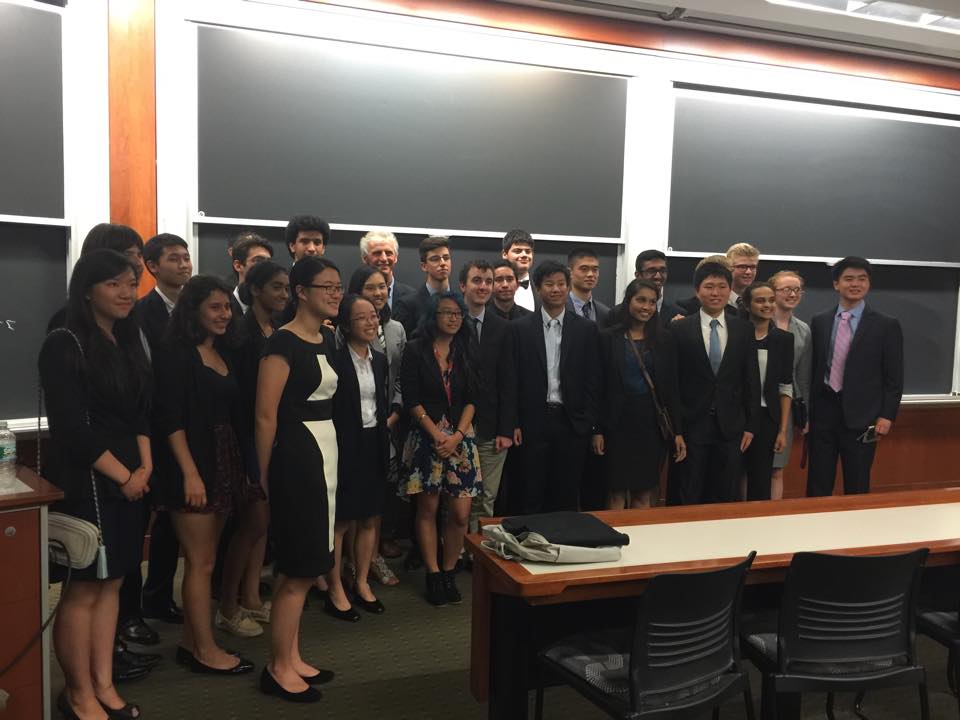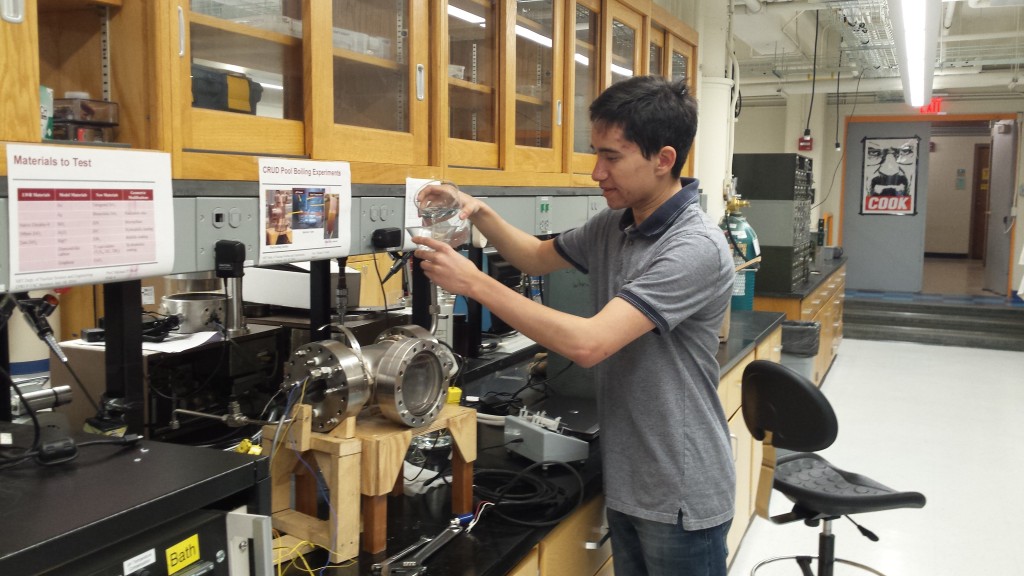It’s remarkably difficult to find a nice quiet hour or so to write a post without worrying about assignments, social life or activities at RSI, without finding yourself up at ridiculously late/early hours. However I now find myself over 65% of the way through the Research Science Institute, and there are many blog posts worth of updates worth writing about. I’ll try to summarize them in this post briefly, and hopefully I’ll expand on the most interesting things in their own separate posts later.
Perhaps the mandatory but amazing event I should talk about is the July 4th celebrations. For the Non-‘Mericans reading, July 4th is the United State’s Independence Day celebrating the declaration of independence after the American Revolutionary War between America and the United Kingdom. Really though its just a big celebration of everything ‘merica. After almost 24 hours on a big tarp with all 83 of us squished on, the fireworks began. Now, it took a little bit to get started, but when the massive climax reached its peak of spelling U.S.A with fireworks (which was insanely cool), all the accumulated hours of sleep deprivation temporarily dissolved to give way for sheer awe.

However the one particular visit that I’m sure will stick with me for the rest of my life was the personal tour of the Plasma Science and Fusion Center. I will most definitely dedicate another post (perhaps several) on this particular topic and visit, but I’ll summarise briefly here. In case the wallpaper of this blog didn’t give it away, I’m extremely passionate about fusion science; the study of generating power through controlled nuclear fusion, which is what all stars including our sun do. Essentially it works by the merging (fusion) of two smaller atoms into a larger one; say two hydrogens into a helium. This is the most powerful process in the universe and consequently, would be ideal as a power source. Currently, sustained nuclear fusion that produces more power than put in hasn’t quite been achieved yet, but fusion researchers around the world and particularly at MIT are getting increasingly closer to reaching this amazing goal. Getting to see MIT’s Alcator C-Mod Tokomak in person and touring around the facility was just unbelievable. The photos of me below is on top of the tokomak chamber itself (the room around it looking oddly like a refinery). For reference, the background of this blog is the interior of a tokomak.

Some of you might recall an earlier post of mine on Bose-Einstein Condensates of mine which I did a little project on for a school physics assignment. Well last week I got to meet the guy that won a Nobel Prize for discovering them; Wolfgang Ketterle. For every guest lecturer students get an opportunity to have dinner with them prior to their presentation, and obviously I put my name down for this one. Needless to say, right from when I first introduced myself I was enthralled not only by his intellect, but by the almost poetic way he describes exceedingly complex ideas in a very simple, down to earth manner. He is by far the best presenter I have had the privilege of meeting, and it was indescribably awesome understanding his 2 hour presentation on Bose-Einstein Condensates and having it relate so closely to my own experimental experience back at home. Having a Nobel Laureate talk about exactly the sorts of ideas and concepts that I myself have been immersed in prior was immensely rewarding. Hopefully I’ll later get a chance to see his lab at MIT which harkens back very closely to the one at the University of Queensland, and if I do I’ll be sure to write about that.

Finally, since it is the Research Science Institute, I should probably give a quick update of how my research is going so far. You can read my introductory post on the CRUD research here. The past few weeks however, have been extremely intensive learning experiences, and not in the usual classroom physics sense. Since my project is in nuclear material science, it is a major intersection of physics, chemistry and engineering…and seeing as it’s a physical experiment, emphasis is on the engineering aspect. Now, I’m not terribly great with a screwdriver or all that hands on stuff, but I’ve had to learn to adapt fairly quickly as pretty much all the time I’ve been spending at the lab has been entirely manual troubleshooting. Leaks, broken thermocouples and flux sensors, are but few of the daily challenges. It has been, however, immensely rewarding and a lot of fun. Everyone in the lab is very relaxed and the general atmosphere is great.

Overall, the past four weeks have been an absolute blast. Still with two weeks to go it seems like I’ve been at RSI for a long time, which is definitely a good thing. And with the last two (insanely hectic) weeks to go, in some ways the best is yet to come.
-A
Leave a Reply